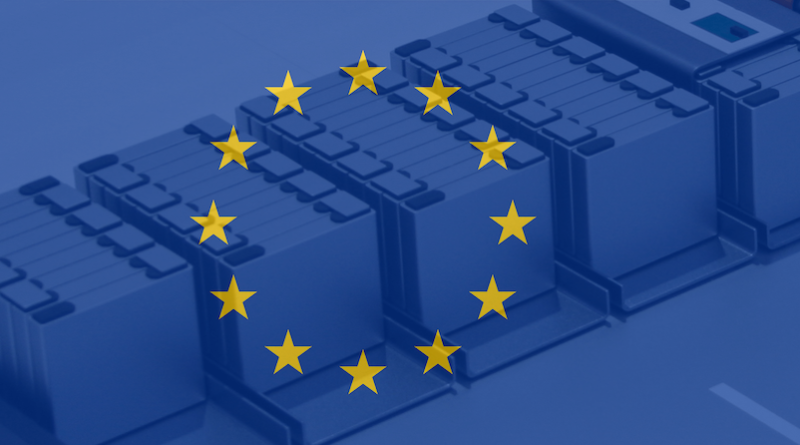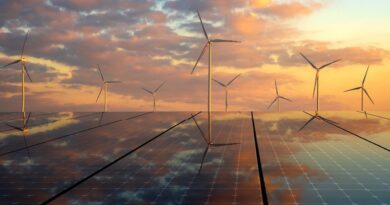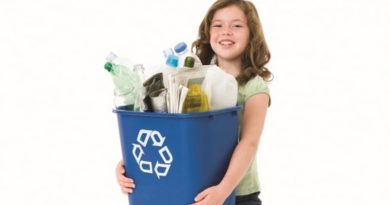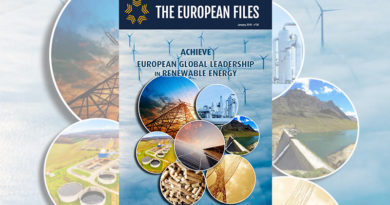
Setting up a model to revive the European industry based on the battery alliance
Batteries are a fundamentally important technology. They will literally power the future. With the COVID-19 crisis accelerating the twin green and digital transitions, significant investments are being channelled into their development.
But the true potential of batteries is only beginning to be tapped. As technology author Steven Levy wrote: “Every great device, gadget, electric car, and robot would be even greater if batteries didn’t suck so badly.”
Things have changed since he penned that in 2017, however. Not least because that same year, together with industrial actors, I established the European Battery Alliance to develop a competitive, innovative and sustainable battery value chain in Europe.
The Alliance covers the entire value chain, from the ethical sourcing of raw materials, their refining, battery cell production, to recycling and re-use. It is a vital enterprise if we are to avoid our dependency on batteries from third countries.
Three years on, this game-changing Alliance is a resounding success. With more than 500 industrial actors on board, it has turned Europe from laggard to frontrunner – and a battery hotspot.
In 2019, investment across the whole value chain reached over €60 billion, more than three times as much as China. We are at €25 billion already this year, twice as much as in China, despite the upheaval caused by the crisis.
Europe is well on track to become the second (after China) manufacturer of the lithium-ion battery cell by 2024, overtaking the US and the rest of Asia. In addition, we are moving from covering 3% to 80% of our battery-related needs for lithium by 2025.
Now is the time to press the accelerator on batteries, so to speak. Given their importance, they will be at the forefront of our recovery from COVID-19.
This includes establishing a fit-for-future regulatory framework that will promote our competitive edge in sustainability, performance and safety as well as our circular economy agenda for all batteries on the EU market. We are also working to leverage investment, including through the second Important Project of Common European Interest led by Germany.
But the legacy of the European Battery Alliance goes further. It showcases Europe’s 21st century approach to industrial policy, providing a ready-to-use blueprint for other strategic sectors. I can think of three key success factors.
First, collaboration is our strength. This means building a joined-up agenda between the EU, national and regional levels – with public and private cooperation at its core – to support a portfolio of flagship projects.
Second, competitive sustainability is our main compass as well as advantage. We need to combine the objective of strong environmental standards with increased competitiveness across value chains, creating sustainable jobs and growth.
Third, it is crucial to agree on a shared ambitious vision in terms of 2030 objectives and partnerships we aim to forge.
For example, the Clean Hydrogen Alliance, launched earlier this year, brings together the producers of renewable and low-carbon hydrogen, those responsible for its trans- mission and distribution, and potential customers in sectors, such as mobility.
The aim is to establish the EU as global leader on hydrogen, achieving a wide deployment of hydrogen technologies by 2030 to support the Union’s commitment to reaching carbon neutrality by 2050.
More recently, in September, I launched the European Raw Materials Alliance together with Thierry Breton, Commissioner for the Internal Market. This is another key area, intrinsically linked with our transition to a climate-neutral and digital Europe.
According to a high demand scenario, Europe will need almost 60 times more lithium and 15 times more cobalt by 2050 for electric cars and energy storage alone.
Demand for rare earths used in permanent magnets critical for products like wind generators, electro-mobility solutions, batteries, radars and robots could increase up to ten-fold in the same period. Here, we are almost exclusively dependent on China, despite interesting deposits in Europe and our recycling and re-use potential.
This means we must diversify supply and make better use of the resources available within the EU; scale up the reuse, repair and recycling of products; support innovation for alternatives; and engage in strategic trade policy and economic diplomacy.
The European Raw Materials Alliance will mobilise industrial and innovation actors, Member States, regions, the European Investment Bank, investors, social partners and civil society – in order to help build our capacities along the entire value chain, from mining to waste recovery.
It will help identify bottlenecks, opportunities and investment cases that should be opera- tional by 2025. But beyond that, the challenge is to substantially leverage the EU’s strategic autonomy, our participation and position in global value chains.
We are already making some progress thanks to the European Battery Alliance, under which we are boosting our domestic capacities in the lithium industry – four sustainable mining and processing projects, totalling almost €2 billion, are underway in Europe.
And under my Strategic Foresight portfolio, we will look closely at vulnerabilities and capacities of Member States in relation to raw material.
The COVID-19 crisis has further highlighted the importance of the main philosophy behind the European Battery Alliance – the need to bolster Europe’s resilience and strategic autonomy in critical industrial sectors. It now acts as a model.
In a complex and ever-changing world, a business-as-usual approach does not suffice. We need to be disruptive and work at the speed of light, relentlessly. The European Commission will spare no effort in mobilising our strategic resources and utilising our convening and enabling powers to make it a success.




